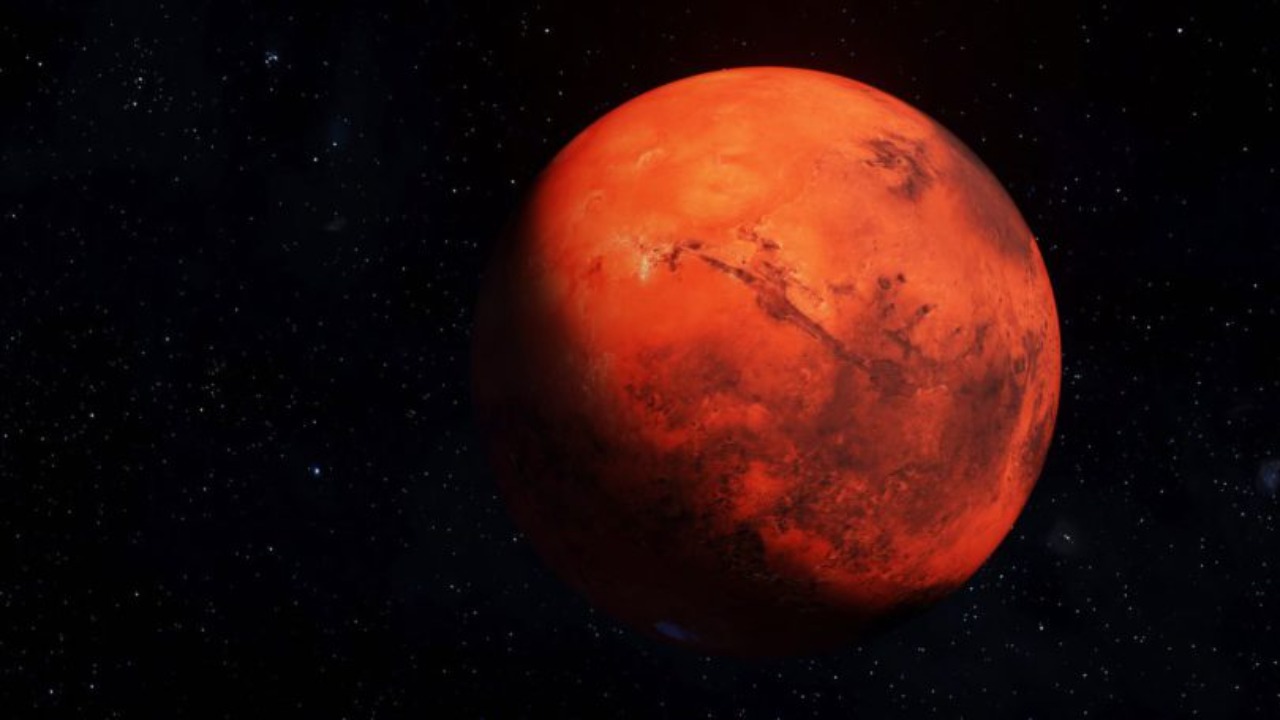
Recent studies have unveiled compelling evidence suggesting that Mars once hosted vast oceans. Analyzing soil samples and satellite imagery, scientists have pieced together a picture of the Red Planet’s ancient aquatic past, challenging our previous understanding of its geological history.
The Geological Evidence of Ancient Oceans
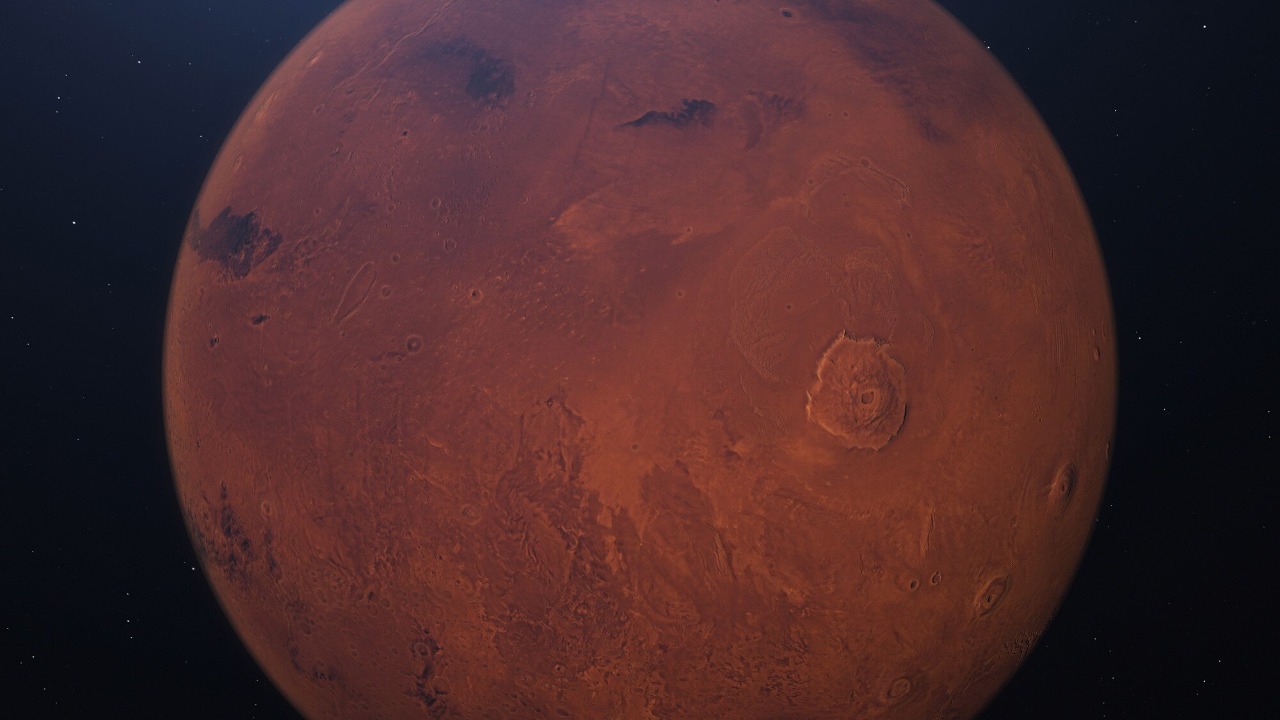
Soil Composition and Sedimentary Rocks
Analysis of Martian soil reveals minerals typically formed in aquatic environments, such as clays and sulfates. These minerals are indicative of long-standing bodies of water that once graced the Martian surface. The presence of these minerals suggests that Mars had a hydrological cycle similar to Earth’s, where water played a significant role in shaping the planet’s terrain.
Moreover, sedimentary rock formations on Mars provide further evidence of historical water flow. These formations, including finely layered rocks, point to ancient riverbeds and deltas. Such geological features are often associated with the transportation and deposition of sediments by flowing water, reinforcing the idea of an ancient Mars that was significantly wetter than it is today.
Crater Analysis and Shoreline Identification
Examining crater rims and their erosion patterns offers additional support for the hypothesis of ancient water coverage on Mars. Craters that show signs of erosion and sediment deposition suggest that they were once filled with water, possibly forming lakes or seas. This kind of analysis provides clues about the extent and depth of these ancient water bodies.
Satellite imagery has been instrumental in identifying possible ancient shorelines on Mars. These shorelines hint at the boundaries of large water bodies in the planet’s past. For instance, researchers have identified certain areas where the topography and sediment distribution resemble coastal regions on Earth, further cementing the idea that Mars once had vast oceans.
The Role of Climate in Mars’ Aquatic History
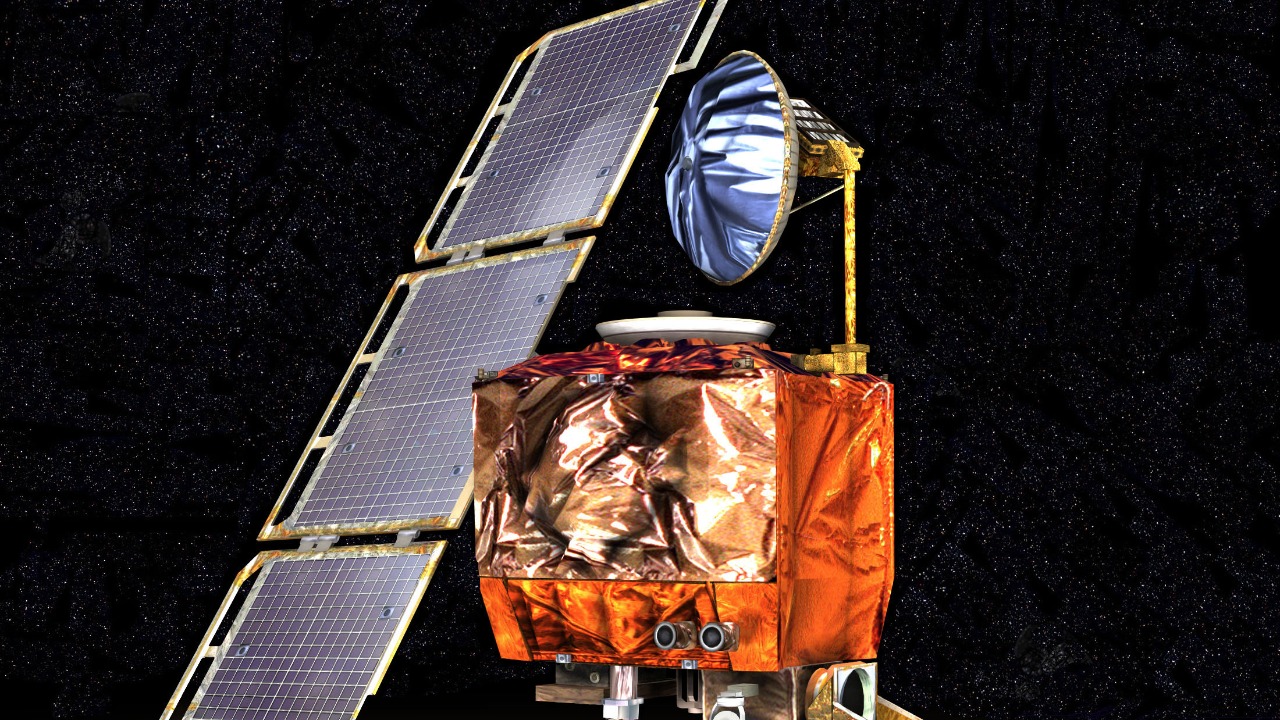
Atmospheric Conditions and Water Retention
Studies on the Martian atmosphere’s past indicate it was once thick enough to support liquid water. This dense atmosphere likely played a crucial role in maintaining the planet’s water reservoirs. Over time, however, Mars lost much of its atmospheric density, a process that has significant implications for its ability to retain water.
The loss of the Martian atmosphere is a pivotal factor in understanding the planet’s climatic shifts. As the atmosphere thinned, it became increasingly difficult for Mars to sustain liquid water on its surface, leading to the drying and cooling conditions we observe today.
Temperature and Liquid Stability
Research suggests that Mars once had a warmer climate, with temperatures that could sustain liquid water. Such conditions would have allowed for stable bodies of water, fostering environments potentially suitable for life. The transition to a colder, drier planet raises questions about the factors driving these climatic changes.
The implications of Mars’ cooling and drying are profound, particularly in terms of its ability to support life during its water-rich past. Understanding this transition helps scientists develop models of how planetary climates can evolve, offering insights that may apply to Earth and other celestial bodies.
Technological Advances in Mars Exploration
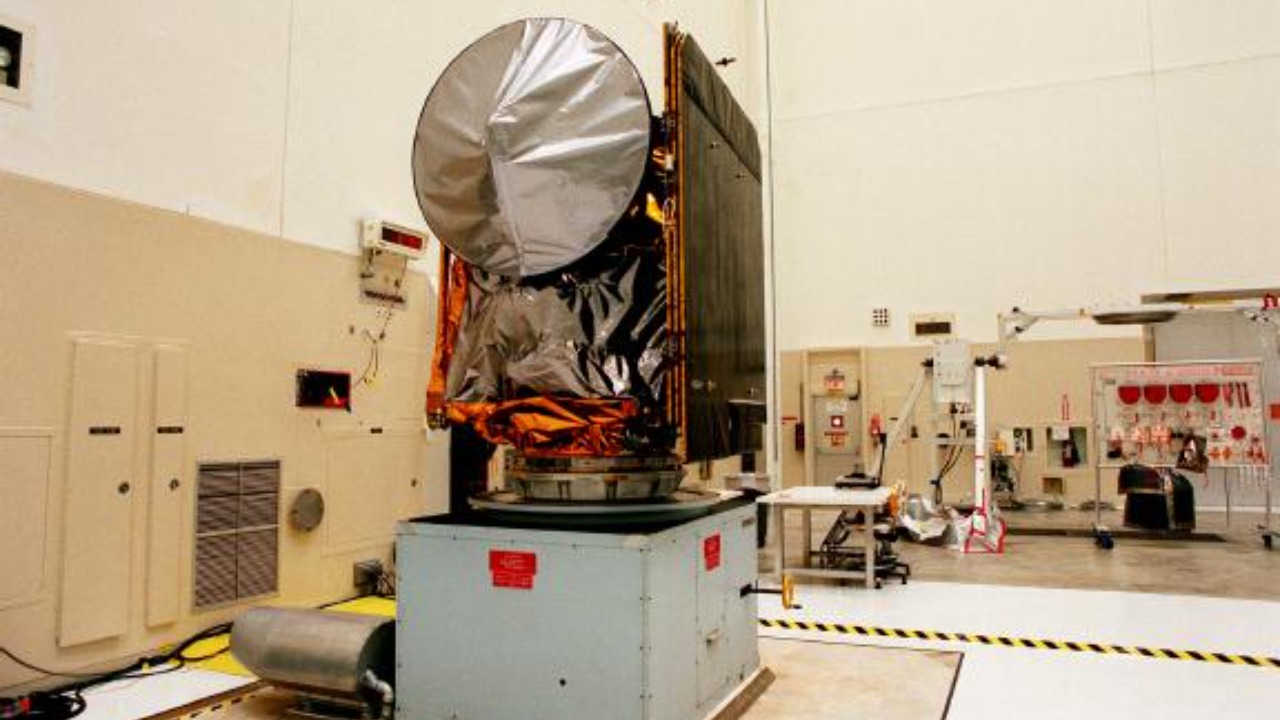
Rover Missions and Soil Sample Analysis
Recent rover missions have provided direct soil samples, significantly enhancing our understanding of Martian mineralogy. These missions, equipped with sophisticated onboard laboratories, analyze soil composition to identify key minerals that suggest historical water presence.
The ability to conduct detailed mineralogical studies on Mars itself is a game-changer for planetary science. By identifying minerals formed in water-rich environments, rovers are helping to build a more complete picture of Mars’ hydrological history, offering clues about the planet’s potential to have supported life.
Satellite Imaging and Remote Sensing
The use of high-resolution satellite imagery has been crucial in mapping potential ancient ocean beds and shorelines on Mars. This technology allows scientists to identify geological features that are indicative of past water activity, such as sediment layers and shoreline formations.
Remote sensing technology has greatly contributed to our understanding of Mars’ aquatic past. By providing a comprehensive view of the planet’s surface, it enables researchers to pinpoint areas of interest for future exploration, focusing efforts on regions most likely to yield evidence of past water and potential signs of life.
Implications for Future Mars Exploration and Research
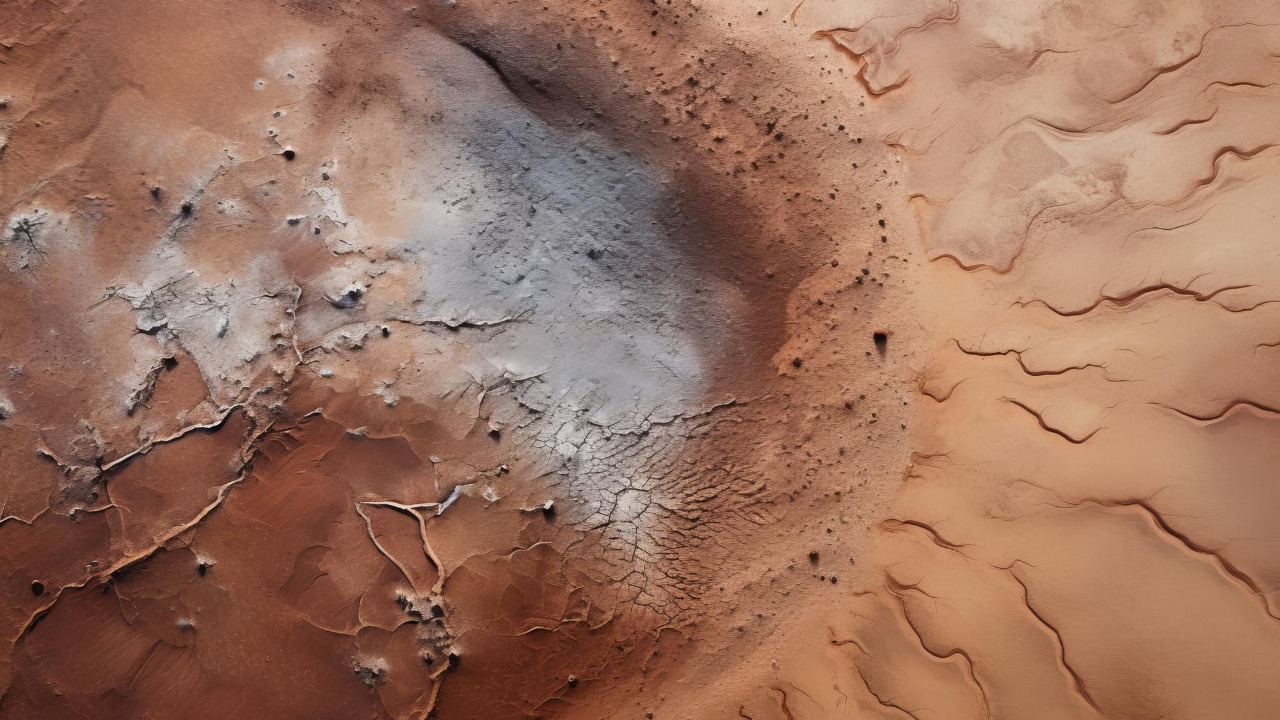
Search for Life and Biosignatures
Understanding Mars’ watery past is crucial for directing future searches for microbial life. Scientists are particularly interested in areas that once held water, as these regions are the most promising for discovering preserved biosignatures. The presence of water is a key factor in the development of life, making these areas prime targets for exploration.
Exploration strategies are increasingly focused on regions with a high potential for past water activity. By targeting these areas, future missions aim to unravel the mysteries of Mars’ past and assess its habitability, both in ancient times and for potential future human explorers.
Human Exploration and Resource Utilization
Insights into past water presence could inform future human missions and potential resource utilization on Mars. Understanding where water once existed can guide the development of technologies to extract and use water resources from Martian soil, which is essential for human sustainability on the planet.
The development of such technologies is crucial for the success of manned missions to Mars. By leveraging the planet’s natural resources, future explorers could significantly reduce the logistical challenges associated with transporting supplies from Earth, paving the way for sustainable human presence on Mars.
Connecting Mars’ Past to Earth’s Geological History
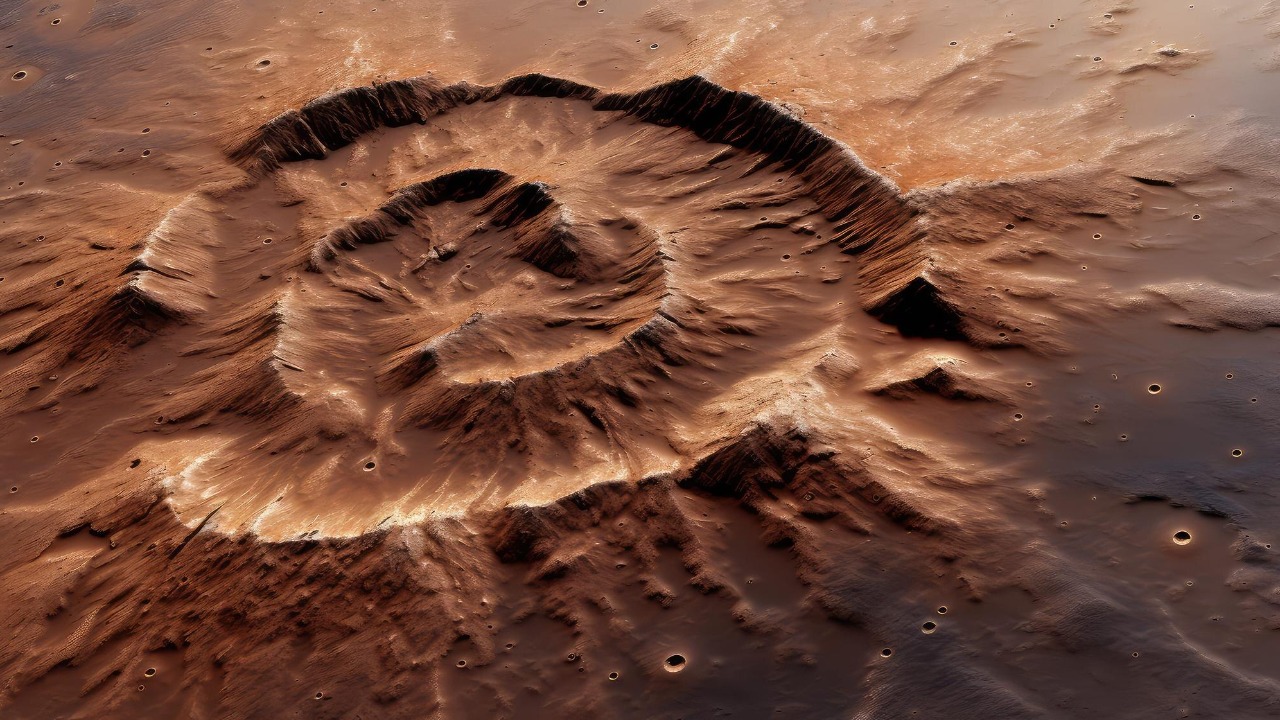
Comparative Planetology and Earth Analogs
Studying Mars’ geological history alongside Earth’s allows scientists to draw parallels and gain insights into planetary evolution. By understanding the processes that shaped Mars, researchers can make informed comparisons with Earth’s geological past, providing a broader context for planetary science.
Insights from Earth analogs, such as ancient dried-up lakes and riverbeds, inform our understanding of Martian landscapes. These comparisons help scientists develop models of how Mars’ climate and terrain may have evolved over time, offering clues about the planet’s potential to support life.
Implications for Planetary Climate Change
Mars’ transition from a wet planet to its current arid state serves as a case study for understanding climate change on a planetary scale. This transformation provides valuable lessons for Earth, particularly in terms of the factors that can drive significant climatic shifts over time.
By studying Mars, scientists can develop more accurate models of planetary climate systems, which could have implications for predicting future climate scenarios on Earth. Understanding the processes that led to Mars’ dramatic climatic changes may offer insights into how similar processes could affect our own planet.